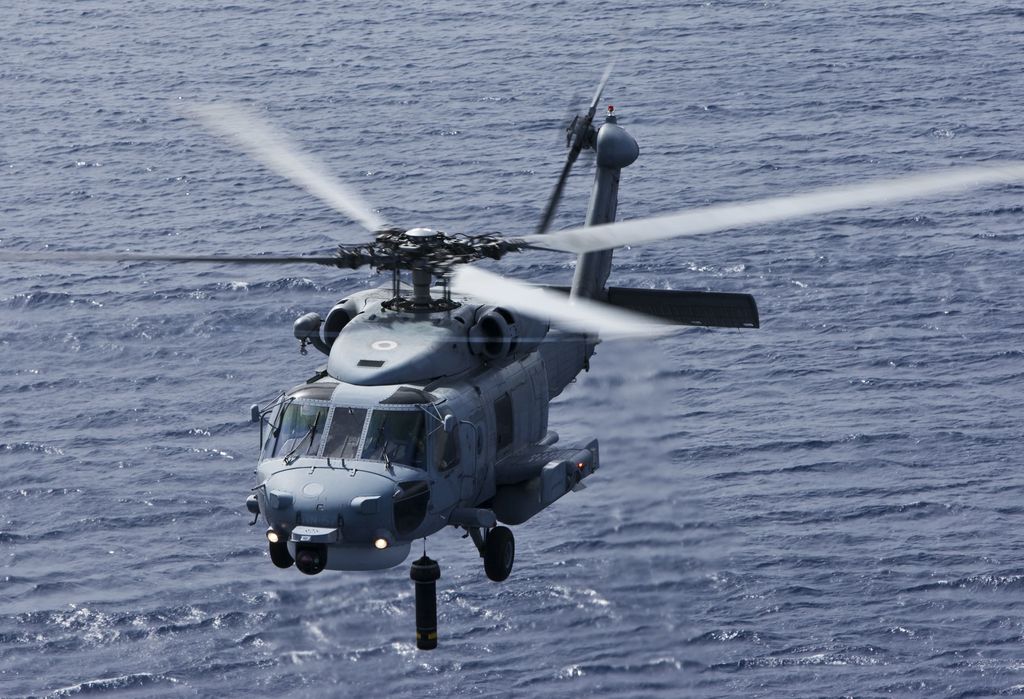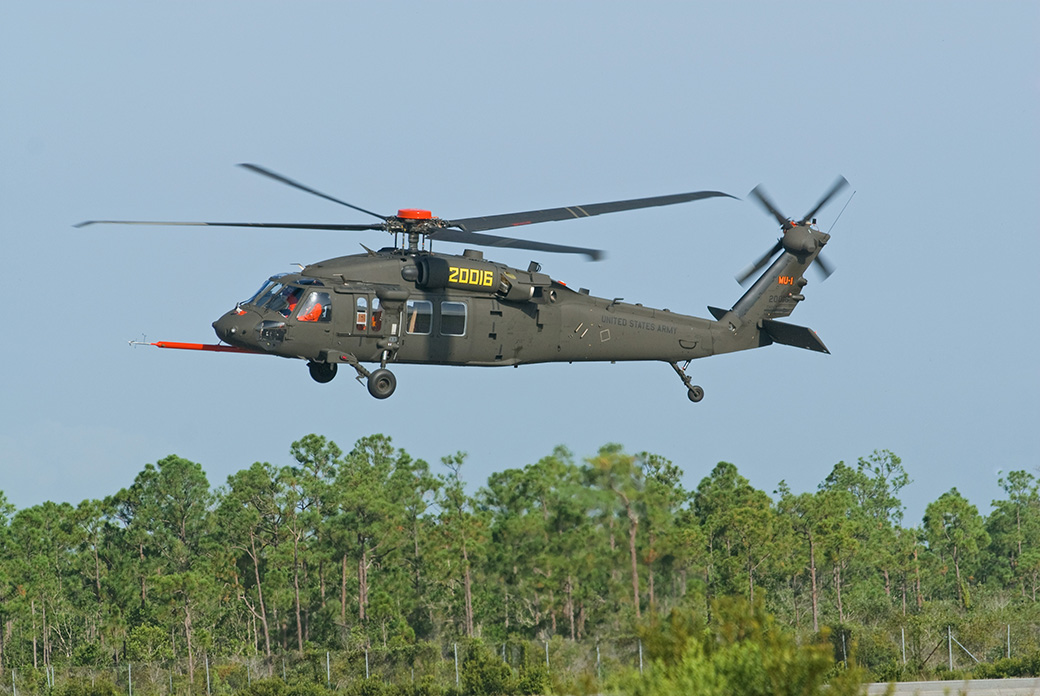A Check out the Sikorsky S 70's Function in Armed forces and Civil Aviation
A Check out the Sikorsky S 70's Function in Armed forces and Civil Aviation
Blog Article
High-Performance Multi-Role Rotorcraft Featuring Advanced Cockpit Technologies and Integrated Sensor Equipments
The world of rotorcraft technology has seen remarkable advancements in current times, especially in the world of high-performance multi-role rotorcraft geared up with innovative cabin innovations and perfectly integrated sensor systems. These advancements have not only boosted the operational capabilities of rotorcraft yet have actually also considerably impacted modern air travel operations on different fronts. From boosted mission versatility to enhanced operational performance, the merging of sophisticated cockpit modern technologies and incorporated sensing unit systems has introduced a new era of opportunities for rotorcraft applications. In the following conversation, we will certainly discover the advancement of rotorcraft technology, explore the world of sophisticated cockpit technologies, and examine the ramifications of integrated sensor systems on the operational flexibility and efficiency of modern-day rotorcraft.
Evolution of Rotorcraft Modern Technology
The evolution of rotorcraft innovation has been marked by substantial innovations in aerodynamics, materials, and propulsion systems, shaping the capacities and performance of modern-day rotorcraft. Wind resistant renovations have actually improved the effectiveness and maneuverability of rotorcraft, permitting for enhanced speed, agility, and security during trip (sikorsky s 70). Advancements in products, such as using composite materials and advanced alloys, have resulted in lighter yet more powerful rotorcraft frameworks, improving general efficiency and longevity. Additionally, advancements in propulsion systems, consisting of extra powerful engines and ingenious propulsion innovations, have actually made it possible for rotorcraft to achieve higher elevations, faster rates, and better payloads.
These innovations have not only changed the capabilities of rotorcraft but have also broadened their applications across numerous sectors, including armed forces, business, and emergency services. The continual development of rotorcraft technology remains to drive technology in the field, pressing the borders of what is feasible and forming the future of vertical trip.
Advanced Cockpit Innovations
Building upon the fundamental innovations in the rules of aerodynamics, products, and propulsion systems, the realm of rotorcraft modern technology now moves focus in the direction of pioneering Advanced Cockpit Innovations. The assimilation of innovative technologies within the cabin atmosphere plays a critical function in enhancing the functional capabilities, safety, and performance of modern rotorcraft. sikorsky s 70. Advanced Cabin Innovations encompass a broad range of functions created to offer pilots with boosted situational awareness, structured information management, and instinctive control interfaces
One of the essential developments in cabin layout is the execution of glass cabins, which replace standard analog evaluates with high-resolution display screens. These electronic systems supply customizable designs, real-time data assimilation, and boosted readability, enabling pilots to gain access to essential details at a look. Advanced avionics systems, such as fly-by-wire controls and augmented reality screens, are changing just how pilots interact with the airplane, enabling for specific control and boosted decision-making capacities.


Including innovative cockpit advancements not just enhances pilot efficiency yet also adds to general mission efficiency and safety and security in intricate operational settings. By leveraging advanced innovations within the cockpit, rotorcraft manufacturers are establishing new criteria for functional excellence and goal success.
Integrated Sensor Equipments
With the advancement of rotorcraft innovation, the assimilation of sophisticated Integrated Sensing unit Equipment has come to be vital in boosting functional efficiency and safety and security. These Integrated Sensor Systems encompass a broad selection of innovations that supply important data for different features such as navigation, surveillance, targeting, and environmental monitoring. By perfectly integrating sensing units like radars, cameras, lidar, look at here and infrared systems right into rotorcraft, drivers can benefit from enhanced situational awareness, improved objective capacities, and lowered pilot workload.
One secret benefit of Integrated Sensing unit Solutions is their capacity to gather real-time data and offer workable insights to pilots and mission operators. For instance, progressed radar systems can discover and you could try here track targets over long ranges, permitting early risk discovery and effective reaction planning. In addition, integrating electro-optical and infrared cameras allows rotorcraft to carry out reconnaissance and security goals with accuracy and precision.
Fundamentally, the assimilation of cutting-edge sensing unit modern technologies right into rotorcraft not only improves operational performance however likewise contributes substantially to general objective success and team safety. As rotorcraft remain to evolve, the role of Integrated Sensing unit Equipment will certainly remain at the forefront of innovation in the aerospace sector.
Functional Flexibility and Efficiency
Enhancing operational convenience and efficiency in rotorcraft is an all-natural development from the assimilation of innovative Integrated Sensor Systems. By leveraging the insights and data offered by these advanced sensing unit systems, rotorcraft can optimize their efficiency across different objectives and settings.
Operational convenience includes the capacity of rotorcraft to adapt to various functions and scenarios successfully. With sophisticated cockpit modern technologies and integrated sensing unit systems, rotorcraft can effortlessly transition in between tasks such as search and rescue, clinical evacuation, security, and much more. This convenience improves the rotorcraft's capability to satisfy varied operational requirements without requiring substantial reconfiguration.
Efficiency in rotorcraft procedures is essential for making best use of objective performance and resource use. Integrated sensing unit systems play a critical function in enhancing functional efficiency by offering real-time information on climate condition, surface mapping, target monitoring, and more. This data makes it possible for pilots to make enlightened decisions quickly, maximize trip paths, save gas, and boost total mission efficiency.
Effect On Modern Aeronautics Operations

In addition, the assimilation of innovative look at more info sensors helps with boosted goal preparation and implementation, enabling rotorcraft to do a wide variety of tasks with improved accuracy. From search and rescue procedures to airborne firefighting and police objectives, the capacities of modern-day rotorcraft geared up with advanced cockpit innovations and incorporated sensor systems are exceptional.
Furthermore, the impact of these improvements expands beyond operational efficiency to cost-effectiveness and sustainability. By maximizing trip paths, gas intake, and maintenance routines, high-performance rotorcraft outfitted with advanced cockpit technologies and sensing units add to reducing operational costs and ecological effect, making them important properties in contemporary air travel procedures.
Verdict
In final thought, the high-performance multi-role rotorcraft with innovative cockpit technologies and incorporated sensor systems represents a significant evolution in air travel innovation. These advancements improve operational adaptability and performance, eventually influencing contemporary aviation procedures in a favorable way. The integration of these innovative technologies permits boosted capacities and efficiency in various objective scenarios, showcasing the continued development of rotorcraft innovation in the aeronautics sector.
The realm of rotorcraft innovation has seen noteworthy advancements in current times, especially in the world of high-performance multi-role rotorcraft equipped with advanced cabin technologies and seamlessly integrated sensor systems. From boosted mission convenience to boosted operational efficiency, the convergence of advanced cockpit modern technologies and integrated sensing unit systems has ushered in a new period of opportunities for rotorcraft applications. In the complying with discussion, we will certainly explore the evolution of rotorcraft innovation, dive right into the world of sophisticated cockpit advancements, and take a look at the ramifications of integrated sensor systems on the functional flexibility and effectiveness of modern rotorcraft.

Report this page